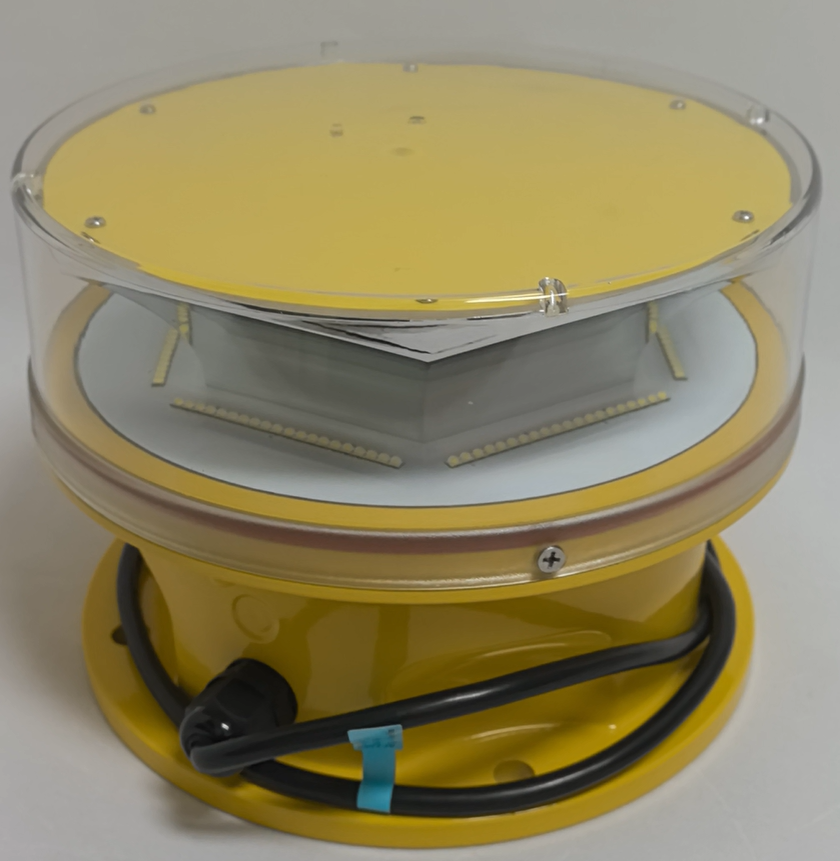Introduction
Introduction to Medium Intensity Aviation Light Application
Brief explanation of the importance of medium intensity aviation lights.
Overview of key applications, such as marking towers, wind turbines, and buildings.

1. The Basics of Medium Intensity Aviation Light
Definition and Function
Describe what medium intensity aviation lights are and their core purposes.
Types of Medium Intensity Lights
Outline different classifications (e.g., types A, B, C) based on FAA and ICAO standards.
Regulatory Background
Summary of international regulations for medium intensity aviation light application.
2. Application of Medium Intensity Aviation Light in Infrastructure
Towers and Antennas
Explain the need for lighting on tall structures, like telecommunications towers.
Wind Turbines
Discuss unique requirements for wind farms.
High-Rise Buildings
Application in urban environments to improve air traffic safety.
3. Advanced Applications in Renewable Energy Sites
Solar Farms and Renewable Installations
Specifics of medium intensity lighting application in solar farms and rural areas.
Integration with Solar and Wind Power
Use of renewable energy to power medium intensity aviation lights.
Case Studies
Examples from real renewable energy sites.
4. Technological Innovations
LED Technology
Advantages of LEDs for efficiency and longevity.
Remote Monitoring and Control
Role of IoT in modern lighting.
Renewable Power Integration
Solar-powered and hybrid aviation lights.
5. Environmental Impact and Mitigation
Light Pollution
Addressing light pollution concerns in urban and rural settings.
Wildlife Protection
Impact of medium intensity aviation lights on wildlife, especially birds.
Noise and Other Impacts
Ways to reduce non-light-related impacts.
6. Case Studies of Medium Intensity Aviation Light Application
Telecommunication Towers
How telecommunications companies use aviation lights.
Airport Surroundings and Aviation Facilities
Lighting solutions for structures near airports.
Renewable Energy Sites
Successful installations in eco-sensitive zones.
7. Emerging Trends in Medium Intensity Aviation Light Application
Adaptive Lighting
Real-time adjustment for brightness and pattern based on conditions.
Smart Lighting Systems
Integration with airport and municipal networks.
Increased Focus on Sustainability
Future role of renewable energy.
8. Future of Medium Intensity Aviation Light Application
Evolving Regulations
Anticipated changes in ICAO, FAA, and national regulations.
Technological Advancements
Innovations expected in the next decade.
Long-Term Impacts on Aviation Safety and Infrastructure
Conclusion
Summary of Key Points
Recap main ideas and applications.
The Road Ahead
Closing remarks on the importance of medium intensity aviation lights.